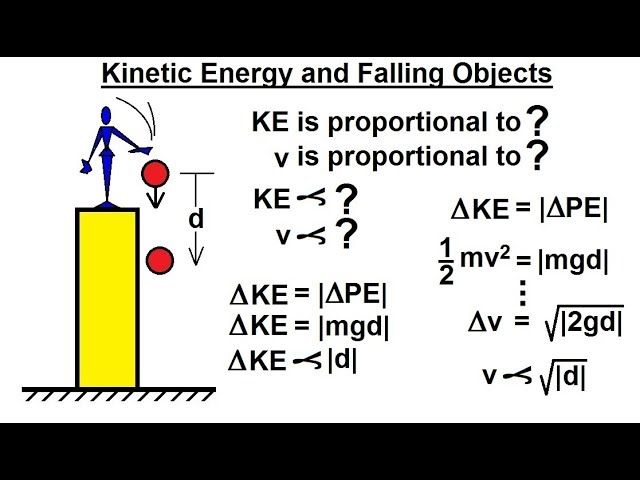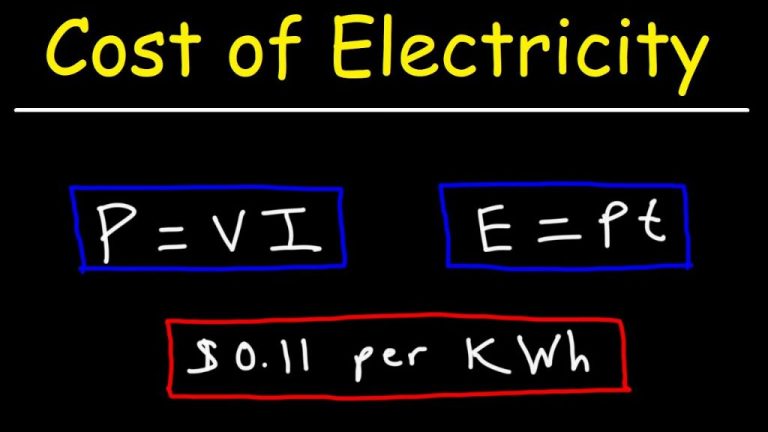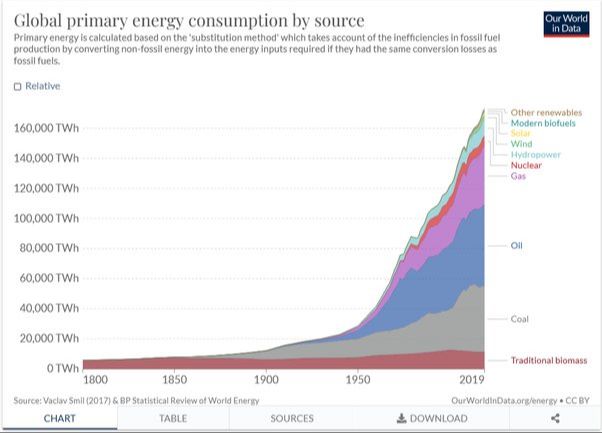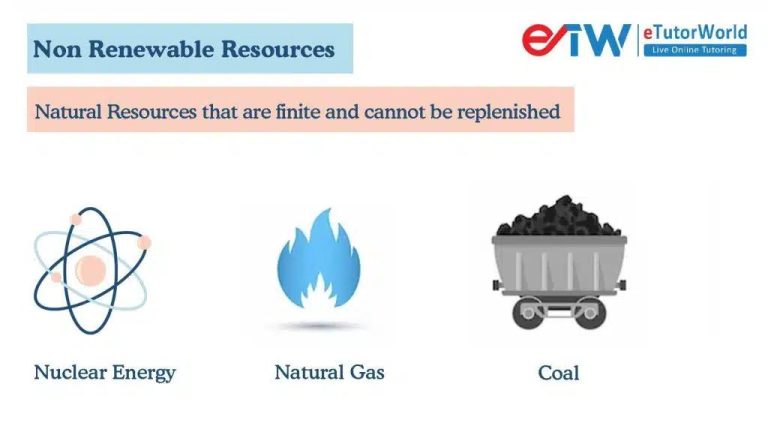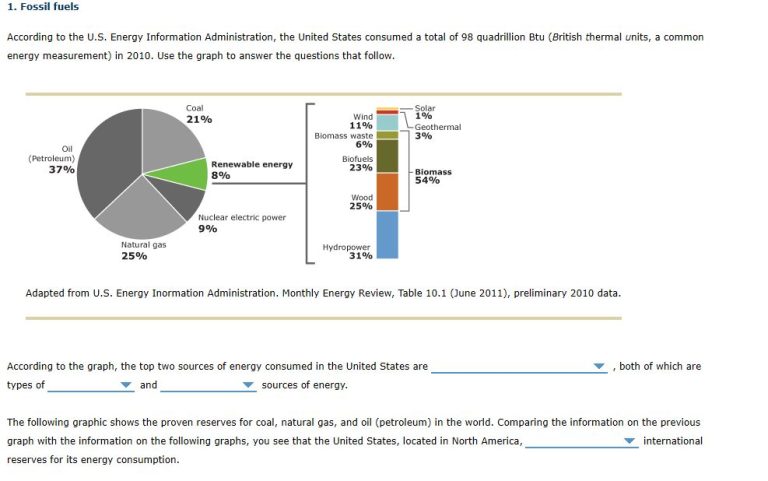What Are 5 Things That Use Light Energy?
Light energy is a form of energy that comes from electromagnetic radiation that is visible to the human eye. There are many common items that rely on light energy to function. In this article, we will discuss 5 things that use light energy in their everyday operation.
Solar Panels
Solar panels are one of the most well-known devices that convert light energy from the sun into usable electricity. They work through the photovoltaic effect, which allows certain materials to convert light directly into electrical energy.
Solar panels are made up of many small solar cells, which contain a photovoltaic material, usually silicon. When sunlight hits these cells, the solar energy frees electrons from the silicon atoms, allowing the electrons to flow and produce an electric current. The photovoltaic cells are wired together to form larger solar panels.
The photovoltaic cells contain both negatively charged layers and positively charged layers. When the sunlight frees electrons, the electrons try to flow from the negative layer to the positive layer, but they are forced to go through an external circuit first, producing electricity that can then be used to power devices and homes. Without the special photovoltaic materials in solar cells that exhibit the photovoltaic effect, this conversion of sunlight into usable electricity would not be possible.
Plants
Plants use light energy through the process of photosynthesis. During photosynthesis, plants absorb sunlight, usually through their leaves. The chlorophyll in plant cells captures the light energy from the sun. This light energy is converted into chemical energy in the form of ATP and NADPH. Plants then use this chemical energy along with carbon dioxide and water to produce carbohydrates like glucose and oxygen. This glucose provides plants with the nutrients they need to grow and survive. The oxygen is released back into the atmosphere as a byproduct. Through this complex process, plants are able to harness the light energy from the sun and convert it into usable food energy.
Eyes
Eyes are a prime example of something that relies on light energy to function. The intricate structures within the eye convert light into visual information that is sent to the brain. This allows us to see the world around us.
Light enters the eye through the cornea and pupil. It then passes through the lens which focuses the light onto the retina at the back of the eye. The retina contains light-sensitive receptor cells called rods and cones that convert the light into electrical signals.
Rods are sensitive to low light levels and motion, but cannot detect color. They work using a light-sensitive protein called rhodopsin. When light hits the rods, it causes a chemical reaction that generates an electrical signal. This signal then travels through the optic nerve to the visual cortex in the brain where it is processed into a visual image.
Cones are active in brighter light. They allow us to see color and fine details. There are three types of cones that are each sensitive to a different wavelength of light corresponding to red, green or blue. The combination of signals from the three cone types allows us to perceive the full spectrum of visible light.
By converting light into electrical impulses that are transmitted to the brain, our eyes allow us to see and make sense of the world around us. Without light, vision would not be possible.
Solar Ovens
Solar ovens utilize sunlight as a source of energy to cook food without needing any electricity or gas. They work by using reflective surfaces to concentrate sunlight onto a pot or tray inside the oven.
The oven is designed like a box with an insulated interior and a clear lid made of glass or plastic. The inside of the box is painted black to absorb heat. The lid allows sunlight in to heat up the interior. The most important part is the reflective panels which are often made of aluminum foil or mirrors. These panels are positioned to concentrate and direct sunlight onto the cooking vessel. This focused sunlight can create temperatures over 250°F which is sufficient to cook most foods.
As the sun moves across the sky, the reflective panels need to be adjusted to continuously focus maximum sunlight inside. Solar ovens work best in full direct sunlight. Cloud cover and weather conditions affect efficiency. A well-designed solar oven can reach temperatures high enough to bake breads, cook meats, vegetables, and stews, boil water, and pasteurize dairy products.
Solar ovens provide an eco-friendly way to cook without fuels or electricity. They are extremely useful for cooking in remote locations without power access. Solar ovens are also a sustainable technology that takes advantage of renewable solar energy.
Greenhouses
Greenhouses are structures made primarily of glass that allow sunlight to enter while trapping heat inside. The glass lets in light energy that drives photosynthesis in plants, enabling them to grow year-round in a protected, warm environment. Greenhouses create ideal conditions for plant growth by allowing UV rays in while insulating the interior and preventing heat loss.
The transparent glass or plastic roof and walls of a greenhouse allow visible light to pass through so that plants can absorb the light energy. Photosynthesis requires light in the visible spectrum, which plants use to produce sugars and fuel growth. Greenhouses allow a much higher intensity of light to reach plants compared to growing them outdoors. They also allow gardeners to start seedlings earlier in the spring before the last frost.
In addition to letting light in, greenhouses trap the sun’s warmth. The glass or plastic helps hold rising warm air inside, keeping the temperature higher than the exterior conditions. Greenhouses act as mini-ecosystems that can maintain ideal humidity and temperatures for healthy plant growth when it’s cold, windy, or dry outside. The light and heat allow gardeners to grow vegetables, flowers, and other plants year-round.
Solar Calculators
Solar calculators are a great example of how light energy can be harnessed for everyday use. These calculators have solar cells – special devices that can convert sunlight directly into electricity.
Here’s how solar calculators work: the solar panel on the calculator is made up of many small solar cells. These solar cells are made from semiconductor materials like silicon which can release electrons when exposed to sunlight. The solar cells absorb photons from the sun’s rays and knock electrons free from the semiconductor material, creating an electric current.
This electric current then charges a battery inside the calculator, which stores energy. The stored energy from the battery powers the calculator so it can carry out functions. As long as the solar cells are exposed to light, they will continue to charge the battery and power the calculator.
The advantage of solar calculators is that they don’t require any external electricity source to operate. As long as there is sufficient sunlight, the solar cells will continue converting light into electricity to power the calculator. This makes them extremely convenient and eco-friendly.
Solar calculators are a great, practical example of how light energy from the sun can be harnessed through solar cell technology for everyday electrical needs. The solar cells convert the light into electricity to power the calculator, demonstrating how light energy can provide power.
Solar Thermal Systems
Solar thermal systems, also known as solar hot water systems, are a type of solar energy technology that harnesses the sun’s thermal energy to heat water. They operate by using solar thermal collectors, which absorb and retain heat from the sun and transfer it to water.
Solar thermal collectors are special devices designed to efficiently collect and retain as much of the sun’s thermal energy as possible. There are a few main types of solar collectors used in solar hot water systems:
- Flat plate collectors – These are insulated, weatherproof boxes that contain a dark absorber plate under one or more glass or plastic covers. The absorber plate is made of a heat conducting material like copper or aluminum that readily absorbs heat from sunlight. The heat is then transferred to liquid passed through pipes attached to the absorber plate.
- Evacuated tube collectors – These contain parallel rows of transparent glass tubes, with each tube containing a glass outer tube and metal absorber tube attached to a fin. The space between the tubes is evacuated of air, which eliminates conductive and convective heat loss.
- Integral collector-storage systems – Also known as ICS systems, these work as both solar collectors and hot water storage tanks. They are rooftop tanks that store heated water inside the collector.
As sunlight hits the solar thermal collectors, it transmits through the transparent covers and strikes the absorber plate/tubes, which heats up. The heat is transferred to a heat transfer fluid, usually water or a water/antifreeze mix, which flows through pipes attached to the absorber. The heated liquid flows out of the collector and into a storage tank, where the thermal energy it picked up is then used to heat up water in the tank to the desired temperature. This heated water is then used for various hot water needs, such as washing, showering, space heating, pool heating, etc. Solar thermal systems provide a renewable, environmentally-friendly way to utilize the free abundant thermal energy from sunlight to heat water without any greenhouse gas emissions.
Photography
Photography relies entirely on light energy to capture images. At its core, a camera is a lightproof box that allows light to pass through the lens and onto film or a digital sensor inside. The lens focuses the light rays entering the camera to form a sharp image on the film or sensor. Traditional film cameras use light-sensitive chemical emulsions on the film to record this image. When the film is developed, the parts of the emulsion that were exposed to more light darken and form the photograph.
Digital cameras instead use an electronic image sensor made of millions of light-sensitive photodiodes. When light hits these photodiodes, it causes them to release electrons that are converted into digital information representing the light and colors in the scene. Digital cameras can instantly display the captured image on a preview screen. Their photos are stored electronically rather than on film. So while the underlying principle of recording light is the same, digital cameras offer immediate viewing, easier sharing of images, and the ability to delete unwanted shots.
The key point is that without light energy, cameras would simply not function. Photography depends wholly on the ability of cameras to convert light into a usable image, whether chemically on film or electronically on a sensor. It offers a quintessential example of technology harnessing the power of light. Photographers skilled in controlling and manipulating light can dramatically improve their images and create captivating photographs.
Conclusion
There are many things that make use of light energy. In this article we reviewed 5 examples: solar panels which convert sunlight into electricity, plants which convert light into energy through photosynthesis, eyes which use light to see, solar ovens which harness the sun’s energy to cook food, and greenhouses which utilize sunlight for plant growth. All of these rely on light energy in some form – whether converting it or using it directly. While light energy powers many essential functions, it is also put to use in helpful technologies like solar panels and ovens. Overall, light energy plays an invaluable role for natural processes, energy production, and technologies that improve our lives.

